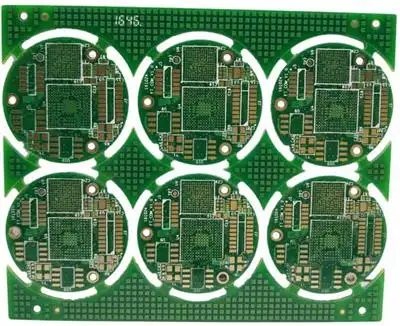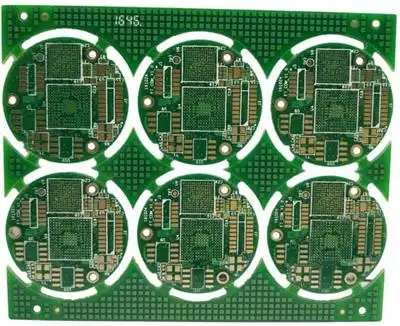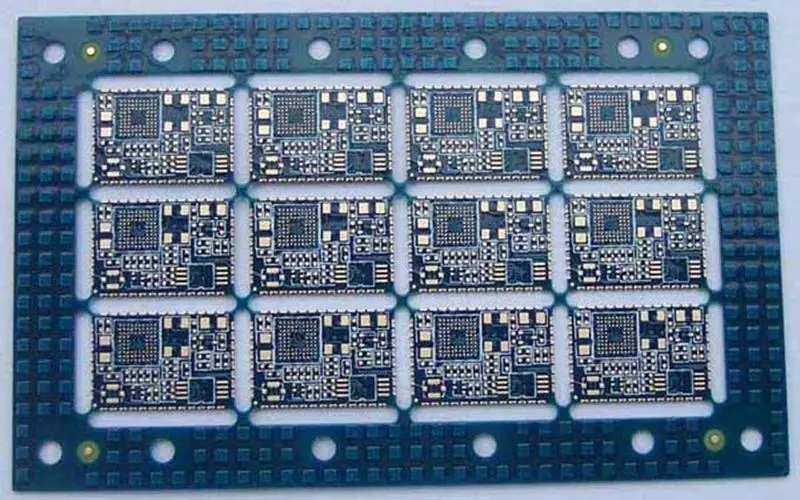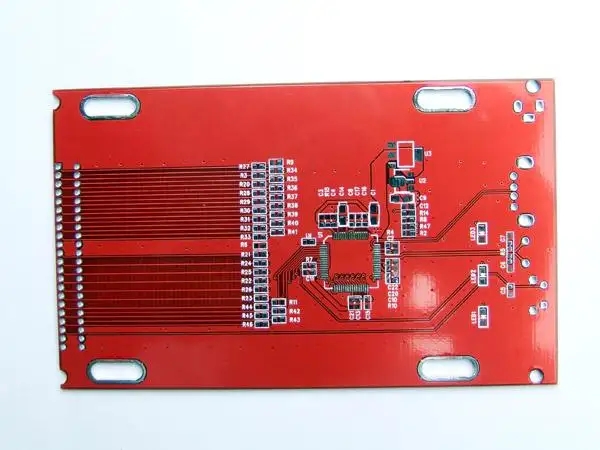
PCB via classification, ground hole function and PCB introduction
PCB manufacturing, PCB design, PCBA processing manufacturers will explain PCB via classification, ground hole function and PCB introduction
The vias of pcb board can be divided into the following categories according to their functions:
1. Signal via (the via structure is required to have minimum impact on the signal);
2. Power and ground via (via structure requires the minimum distributed inductance of the via);
3. Heat dissipation via (the via structure requires the minimum thermal resistance of the via);
The functions of ground hole are as follows:
1. Heat dissipation;
2. Formation connecting multiple layers of plates;
3. Location of vias for layer change of high-speed signals;
However, the spacing of ground holes is generally only 1000 mils, and the reasons are as follows:
It is assumed that the testing range of EMI is up to 1Ghz. Then the wavelength of 1Ghz signal is 30cm, and the 1/4 wavelength of 1Ghz signal is 7.5cm=2952mil. That is, if the interval of vias can be less than 2952 mils, it can well meet the connection of the formation and play a good shielding role.
Therefore, it is generally recommended to drill through holes every 1000 mil.

Soft and hard combination board Soft and hard board FPC Soft and hard board
The birth and development of FPC and PCB gave birth to the new product of soft and hard combination board. Therefore, the soft and hard combination board is a circuit board with FPC characteristics and PCB characteristics formed by combining the flexible circuit board and the hard circuit board according to relevant process requirements after pressing and other processes.
Because the soft and hard bonding boards are the combination of FPC and PCB, the production of soft and hard bonding boards should have both FPC production equipment and PCB production equipment. First, the electronic engineers draw the lines and shapes of the flexible bonding boards according to the needs, and then distribute them to the factories that can produce the flexible bonding boards. The CAM engineers process and plan the relevant documents, and then arrange the FPC and PCB production lines required for FPC production. After the two types of soft boards and hard boards come out, the FPC and PCB are seamlessly pressed through the press according to the planning requirements of the electronic engineers, After a series of details, the soft and hard combination board is finally made. A very important link, because the hard and soft bonding plates are difficult and have many details, it is generally necessary to carry out a full inspection before shipment, because its value is relatively high, so as to avoid the loss of relevant interests between the supply and demand parties.
Advantages: The soft and hard bonding board has the characteristics of FPC and PCB at the same time. Therefore, it can be used in some products with special requirements, including certain flexible areas and certain rigid areas. It can greatly help to save the internal space of the product, reduce the volume of the finished product and improve the product performance.
Disadvantages: There are many production processes for soft and hard bonding plates, which are difficult to produce, low yield rate, and more materials and manpower. Therefore, the price is expensive and the production cycle is long. PCB manufacturers, PCB designers and PCBA manufacturers will explain the via classification of PCB boards, the function of ground holes and PCB introduction.







